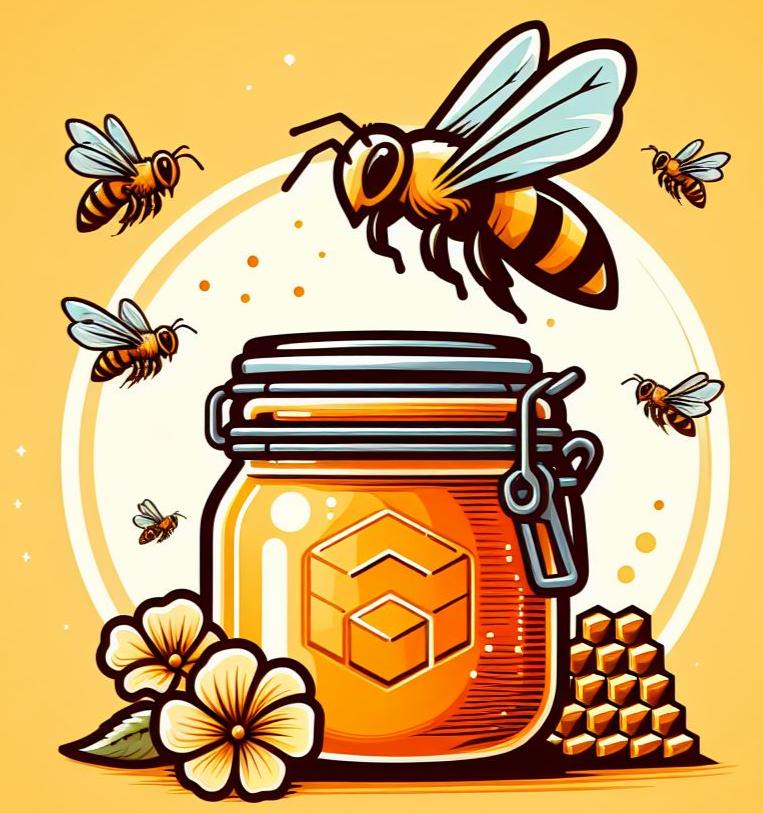There’s something uniquely satisfying about DIY projects, especially when you can incorporate natural ingredients like bee products. From honey to beeswax, these ingredients aren’t just for eating or producing candles anymore — they are your perfect opportunity to add a natural touch to countless DIY endeavours.
Bee products offer incredible versatility. Honey, known for its sweetness and health benefits, also plays a key role in creating sustainable skincare solutions.
Beeswax is another gem, perfect for crafting everything from candles to furniture polish.
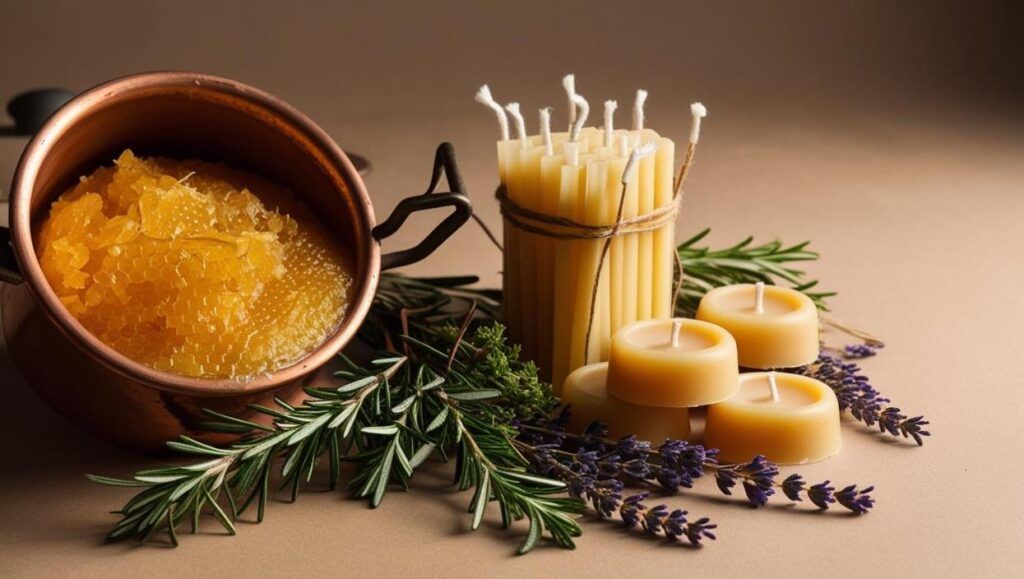
Not to mention propolis, royal jelly, and bee pollen, which open doors to various healing and nutritional DIY projects.
What makes these products stand out is their natural origin.
Often, synthetic ingredients in many commercial products come with environmental and health concerns. By choosing bee products, you not only bring natural goodness into your DIY activities but also support the environment and beekeeping industries.
For anyone looking to increase their DIY skills, turning to bee products is an excellent and rewarding step. It allows you to craft items with a more holistic appeal, merging creativity with sustainability. Whether you’re a novice or an experienced DIY enthusiast, the addition of these natural elements can bring a refreshing change to your projects.
Engaging with bee products in DIY is also a delightful way to appreciate the intricate work of bees. As you explore these options, you’ll likely develop a deeper respect for these tiny creatures and their mighty contributions to our world.
Harnessing the Power of Honey in DIY Skincare
Honey is long established in the world of DIY skincare, offering natural solutions that are both effective and gentle on the skin. With its antibacterial properties, honey is perfect for managing breakouts and promoting healthy skin. It’s also a superb moisturiser that can help maintain the skin’s hydration levels.
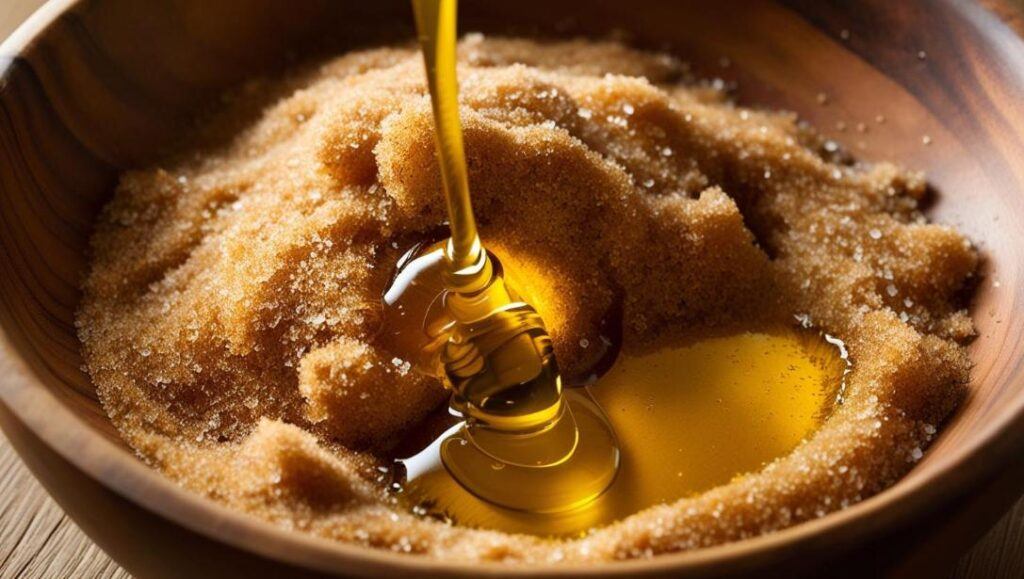
Creating your own honey sugar scrub is an easy way to start. Combine coarse sugar with honey and a dash of olive oil for a fantastic exfoliator. This simple mix sloughs away dead skin cells while leaving your skin feeling soft and revitalised. Plus, it’s a fraction of the cost of store-bought scrubs.
Facial masks using honey can be another great addition to your routine. Mix honey with some mashed avocado or a bit of yogurt, and you’ve got a nourishing mask that tackles dryness and calms irritation. Honey’s natural enzymes work wonders to gently clean and brighten the skin, making these masks a treat for anyone looking to enhance their skincare.
Beyond masks and scrubs, honey can be blended into homemade toners or even lip balms. Its versatility means it can seamlessly integrate with various other natural ingredients, allowing you to tailor your creations to your specific skincare needs.
Understanding the science behind honey’s beneficial properties can enhance your appreciation of its role in skincare. Its natural antioxidants, enzymes, and nutrients make it a powerful ally against many common skin issues. Also it is kind to both your skin and the environment.
Creating Natural Beeswax Candles: A Beginner’s Overview
Beeswax candles are not only a wonderfully sustainable option but also add a touch of elegance to any space. Unlike paraffin candles that can emit harmful chemicals, beeswax candles burn cleanly.
Crafting your own beeswax candles is straightforward and rewarding, even for beginners. All you really need is beeswax, some wicks, a melting pot, and a bit of patience. Whether you prefer the rustic charm of rolled candles or the polished look of molded ones, beeswax gives you plenty of creative freedom.
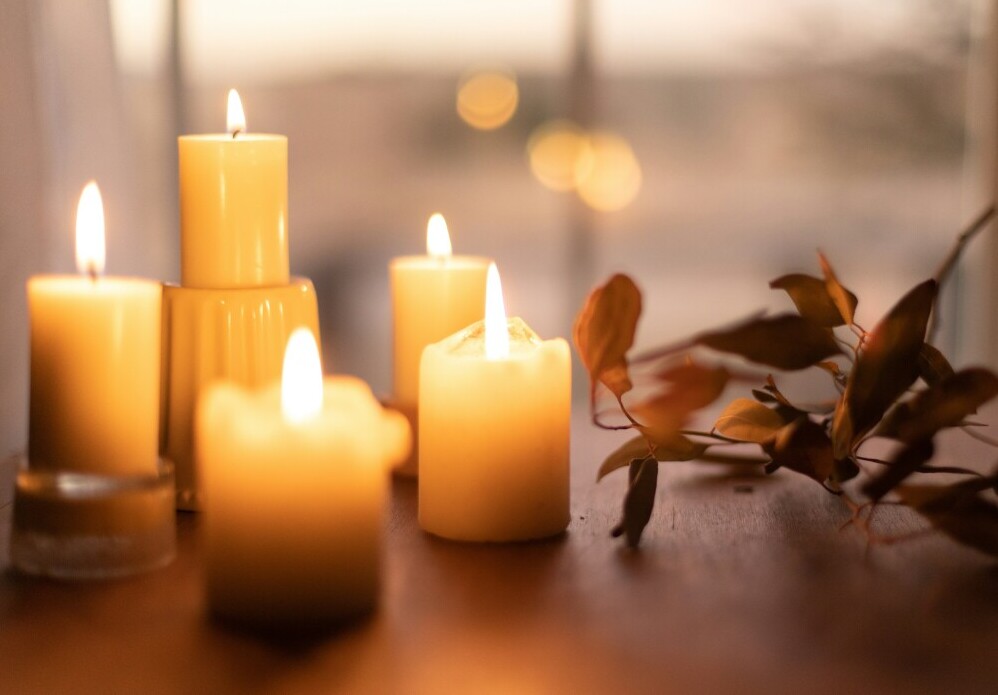
To get started, melt the beeswax gently in a double boiler. Once it’s smooth and liquefied, it’s time to pour it into your chosen mold or roll it around your wick if you like the rolled style. The wax solidifies fairly quickly at room temperature, making the whole process swift enough to see results in a single afternoon.
Adding essential oils is a fantastic way to introduce natural fragrances into your homemade candles. With calming lavender or invigorating eucalyptus, your candles won’t just be functional—they’ll offer an olfactory experience that store-bought options might not match.
Observing safety precautions is essential during the candle-making process.
Always work in a well-ventilated area and handle the hot wax with care to prevent accidents.
If you dive into the world of beeswax crafting, you’ll discover an enjoyable hobby that beautifies your home in a sustainable way. Making candles can become a ritual you look forward to, providing relaxation and mindfulness as you shape something truly your own.
DIY Apiary: Making Your Own Bee-Infused Healing Ointments
Bee-infused ointments are a fantastic addition to any natural home remedy arsenal, benefiting from the healing power of honey and propolis. These bee products boast antimicrobial properties that make them ideal for treating minor cuts, burns, and skin irritations.
Creating a healing salve at home is simpler than it sounds. You will need a carrier oil like coconut or olive, propolis and a double boiler.
The beauty of DIY is the customisation. Add a few drops of essential oils like tea tree or lavender to your mixture for an added layer of antibacterial action and a pleasant scent. Stir the blend thoroughly and pour it into small containers to cool. These handy salves are perfect for quick application and make thoughtful gifts, too.
Propolis is a lesser-known marvel of the bee world, but it’s gaining traction for its significant skin benefits. Acting as a natural defense against infections, propolis can help speed up healing while calming itchiness and inflammation. Combine it with honey — and you can offer your household a natural, chemical-free alternative.
Experiment with various herb infusions or butters within your ointments for targeted skin needs. Calendula flowers or shea butter can add extra nourishment and healing power. Since you control the ingredients, the versatility of these creations allows you to cater to specific skin types or preferences, promoting better skin care habits.
Exploring DIY bee-infused ointments is not just about getting health benefits; it’s also helps familiarise yourself with the knowledge of natural remedies. This hands-on process connects you more deeply with nature, celebrating what bees provide us beyond just honey on our bread.
The Sweet Art of Beeswax Crafting: From Lip Balms to Polish
Beeswax is a versatile crafting ingredient, ideal for making everything from nourishing lip balms to effective furniture polish. Its natural emollient properties seal in moisture, making it a top choice for lip care and other personal products.
Making beeswax lip balm is straightforward and satisfying. By combining melted beeswax with a high-quality carrier oil like coconut or almond oil, you have a base that hydrates and protects lips from harsh weather. Adding a few drops of essential oils or a hint of natural flavouring creates a personalised balm with a hint of scent or zest.
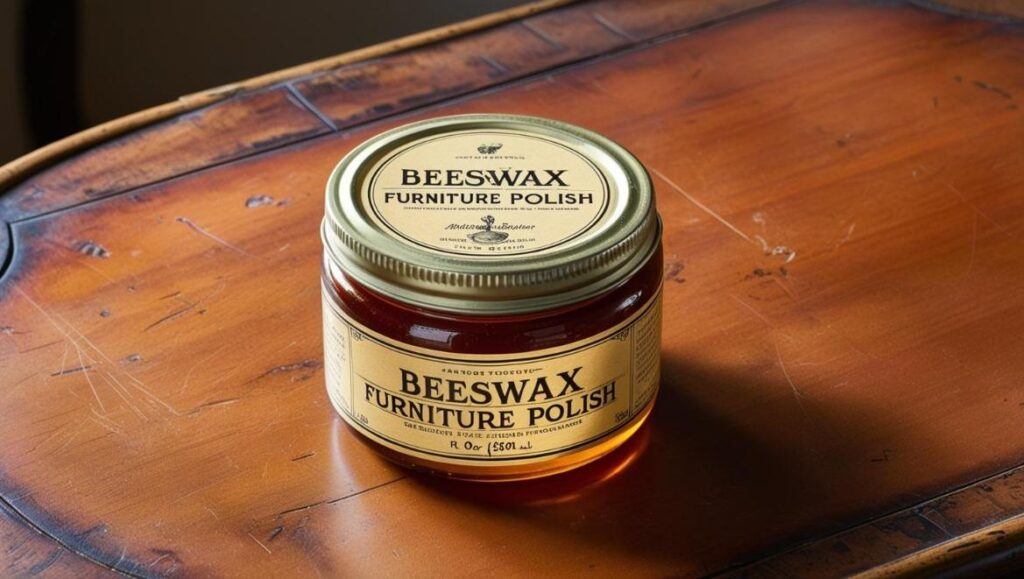
Beeswax doesn’t stop at beauty products. It can also be your secret ingredient in natural furniture polish. By mixing beeswax with mineral oil and lemon juice, you can craft a polish that beautifully restores wood to its natural luster, protective without leaving a heavy residue.
Experimenting with beeswax crafts means you’re creating products truly from scratch, with nothing artificial sneaking in.
As with any DIY project, it is important to source your beeswax ethically. Supporting local beekeepers not only ensures you get top-notch, sustainably harvested wax, but also supports bee populations and the environment.
Exploring the Health Benefits of Royal Jelly in Homemade Supplements
Royal jelly is an extraordinary bee product with a rich nutritional profile, perfect for enhancing homemade supplements. Known for its potential health benefits, it contains a unique mix of proteins, vitamins, and minerals, making it a standout among natural health boosters.
Making your own royal jelly supplements is surprisingly straightforward. You can start by incorporating fresh royal jelly into smoothies or protein shakes. This adds a nutritional kick that supports energy and overall well-being.
Royal jelly‘s benefits extend beyond nutrition. It’s also associated with enhancing collagen production, which may support skin health and elasticity. Infusing it into your skincare routine as part of masks or lotions could offer some rejuvenating results, adding a luxurious touch to your regimen.
When working with royal jelly, quality is essential. Sourcing from reputable suppliers ensures that the jelly retains its active components and is free from contaminants. This ensures that you gain the most from its therapeutic properties.
Taking royal jelly isn’t for everyone — you should always consider allergies and consult a health professional if you’re unsure. Its potent nature means it could trigger reactions in those with sensitivities to bee products. Proceed with awareness and respect for your body’s responses.
DIY Recipes Using Bee Pollen for a Nutritional Boost
Bee pollen is a powerhouse of nutrition, packed with proteins, vitamins, and amino acids that make it a valuable addition to any wellness regimen. This versatile superfood can easily be incorporated into DIY recipes, allowing you to create health-conscious snacks and beverages.
One simple way to enjoy bee pollen is by adding it to smoothies. Blending bee pollen with fruits like bananas, berries, and a splash of almond milk creates a delicious, nutrient-rich drink. This not only boosts energy levels but also provides an immune system kick-start.
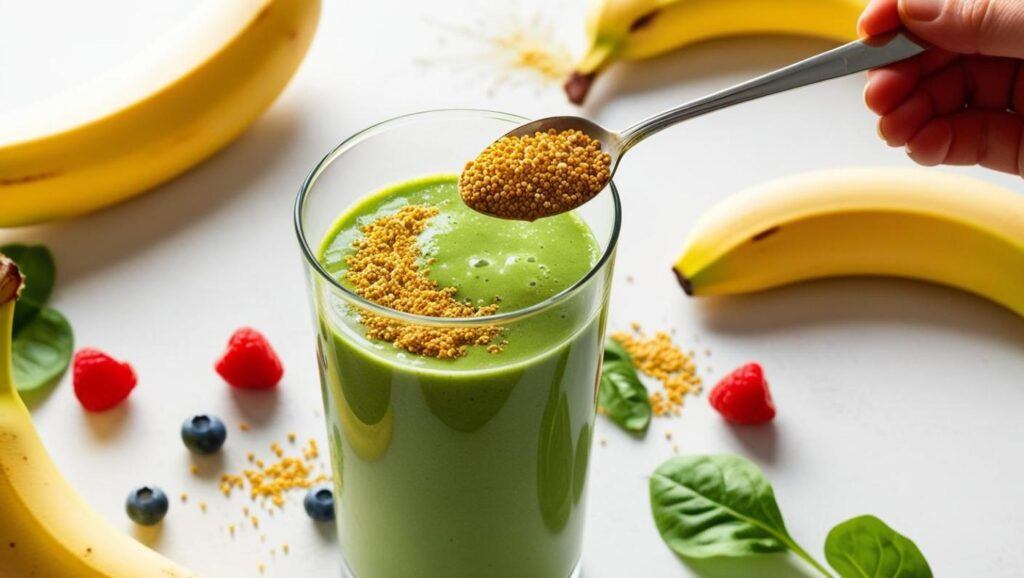
Bee pollen also perfect in homemade energy balls. Mix it with oats, nut butter, honey, and your choice of seeds or dried fruits for a portable, healthy snack. These bites are excellent for reaching for during an afternoon slump or before a workout.
It’s important to introduce bee pollen into your diet gradually, especially if it’s your first time using it. Some people may experience allergic reactions, so starting with a small amount helps you gauge your body’s response. If you know you have allergies to pollen, consulting your healthcare provider before use is wise.
Understanding the sourcing of bee pollen ensures you are getting a high-quality product. Opt for pollen that’s sustainably harvested and free from contaminants, supporting both ethical practices and better nutrient retention.
Exploring recipes with bee pollen lets you experiment in the kitchen while boosting your nutritional intake. It represents a kind of step toward to a more health-conscious lifestyle.
Sustainability and Ethical Sourcing in DIY Bee Product Use
Using bee products in DIY projects invites not only creativity but also responsibility.
When choosing bee products, opt for those sourced from beekeepers who practice ethical farming. This includes treating bees humanely, maintaining diverse ecosystems, and avoiding pesticide exposure that can harm bee populations. Supporting such practices not only backs local communities but also promotes bee health and ecological balance.
Educating yourself on the origin of the products you use. Engage with sellers, ask questions about their harvesting processes, and look for certifications that assure quality and sustainability. This transparency fosters trust and ensures you’re contributing to a fair supply chain.
Incorporating sustainably sourced bee products could potentially shift your mindset towards sustainability across all lifestyle choices.
Understanding the needs of bees helps us appreciate the gift of their products. Bees play a crucial role in pollination, which supports biodiversity and food production worldwide. By choosing bee-friendly products, you’re taking a stand for these essential pollinators.
